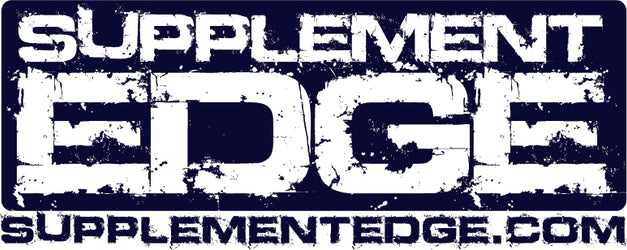
Maximize Muscle-Building: Build Muscle in a Shorter Amount of Time
Go to your typical commercial gym and observe what people are doing. You might notice that only a small percentage of people look like they’re even taking their workouts seriously, and even fewer people look knowledgeable when it comes to training and programming for muscle-building. That’s because packing on quality mass is not just about lifting heavy weights. It’s not just about going to failure. It’s not just about doing cardio. Muscle-building is a science, so approach your training with proper planning.
As soon as you step into the gym, it’s GO time. You’re not there to meet chicks or look cute. Make the most of your time and efforts by training smartly. Some people will lift weights for 3-4 hours and see superior results, but another trainee can achieve the same results in half the time.
Here’s how you can build more muscle in a shorter amount of time:
- Center your workouts around compound lifts.
Compound lifts are also known as multi-joint lifts. They are called such because they recruit a lot of muscle groups at once, as opposed to isolation exercises which only hit one or two muscle groups at once.
Squats, deadlifts, bench presses, overhead presses and barbell rows are just some examples of compound lifts that help pack on muscle. Go heavy on these exercises only if you have mastered the proper technique. Observe the “quality over quantity” principle, or you could run the risk of injury. Performing the compound lifts in the beginning of your workout (when fatigue is low, and energy is high) can lead to better performance, so take this into account during your workout sessions. Finish off with some isolation exercises to really target specific muscle groups for prime muscle gains.
- Lift heavy, but not TOO heavy.
When it comes to rep ranges, there is really no optimal rep range for muscle-building. However, a basic guideline is to not go too low or too high on reps. Avoid 1-3 reps and 25-30 reps because these rep ranges will require you to go too heavy and too light, respectively. You want something that is relatively close to your one rep max, or something close to the weight that you can only do for one rep.
To calculate the weight, you should use for your working sets, use 70-80% of your one rep max and perform 8-15 reps. For example, if your one rep max for the squat is 100 lbs., you’re working sets should be somewhere around 70-80lbs. The last 2-3 reps of every set should be very difficult, but not impossible. Also, try to minimize form breakdown to ensure that the right muscles are being recruited. When you swing from side to side or use too much momentum, you cheat the movement and take away tension from the muscle. Avoid bouncing off the chest or at the bottom portion of the squat to take away the rebound effect which could result in muscle imbalances.
- Slow down the eccentric/negative portion of the movement.
There are three phases to an exercise: the concentric (positive), the static, and the eccentric (negative). When you raise the dumbbell upwards in a bicep curl, you are performing the concentric phase of the movement. When you hold it at the top and squeeze your bicep, you are performing the static phase of the movement. When you lower the weight down back to starting position, you are performing the eccentric phase of the movement.
When performing an exercise, make sure you emphasize all three phases of the movement. Don’t just go through the motions; slow it down and perform quality reps. Some people will jerk the weight up and drop it down again—that’s not a complete rep. You want to feel the tension in the muscle all throughout the exercise, so make sure to use a weight that will allow you to establish a good mind to muscle connection.
It’s good to have someone spotting you, as the body can handle up to 1.70 times more weight in the eccentric phase of the movement. Ask them to help with the concentric so that you can really focus on the eccentric. Emphasizing the negative portion of any lift while still doing the full range of motion will lead to even greater muscle growth.

Leave a comment